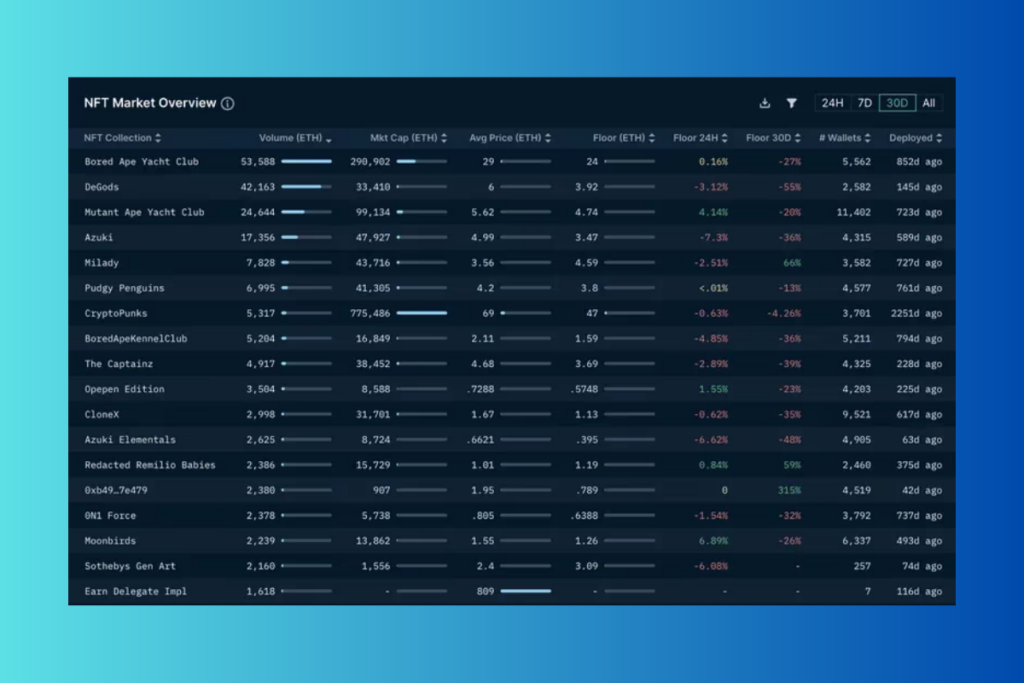Rise of Stablecoins Threatens Traditional Payment Giants like Visa and PayPal
Stablecoins settled over $11 trillion on the blockchain in 2022, coming close to Visa’s $11.6 trillion transaction volume, raising concerns for established payment giants.
Stable digital assets have the potential to revolutionize global financial services for the underserved population, despite facing regulatory challenges.
Tether remains the dominant player with 83 billion USDT in circulation, commanding a 67% market share.
The proliferation of stablecoins, particularly Tether, poses a considerable threat to the business models of payment giants such as PayPal and Visa. The innate advantages of blockchain-based dollar-pegged assets challenge traditional payment methods.
A recent Barron’s report on August 23 highlighted the disruptive potential of dollar-pegged stablecoins, characterizing them as a formidable threat to companies like Visa and PayPal.
In addition to serving as gateways for cryptocurrency investments, stablecoins are rapidly gaining ground as a means of payment.
The report underscored that stablecoins facilitated over $11 trillion in transactions during 2022, surpassing PayPal and nearly reaching Visa’s $11.6 trillion volume.
Furthermore, the adoption of stablecoins is evidenced by the existence of more than 25 million blockchain wallets holding at least $1 worth of stablecoins. Among these wallets, 80% hold $100 or less. This staggering number of wallet holders rivals the size of the fifth-largest bank in the US, a revelation highlighted by analysts at the macro hedge fund Brevan Howard.

Commenting on this trend, analysts at the firm remarked, “It is remarkable that in just a few years, a new global money movement rail can be compared with some of the world’s largest and most important payment systems.” They further emphasized the potential for stablecoins to extend global financial services to individuals underserved by traditional financial institutions.
Although PayPal introduced its own stablecoin earlier in the month, its stock performance has declined by 18% since the beginning of August.
This lukewarm response could be attributed to the observation that dollar-pegged stablecoins are gaining more traction outside the United States.
Brevan analysts emphasized that stablecoin adoption transcends national boundaries, stating, “Stablecoin adoption is an inherently global phenomenon.” They added that the primary allure of stablecoins lies in their ability to offer basic, dollar-based financial services to almost anyone with internet access.
Moreover, stablecoins boast swifter and more cost-effective transactions compared to traditional services like PayPal, which can impose fees as high as 10% for cross-border transactions, along with foreign exchange spreads.
However, the ascent of stablecoins isn’t without hurdles, especially on the regulatory front. The United States, embroiled in conflicts with the crypto industry, presents a significant regulatory challenge for stablecoins.
Despite the challenges, Tether continues to dominate the stablecoin landscape, boasting a circulation of 83 billion USDT and a commanding market share of 67%.
Its closest competitor, Circle, has witnessed a 40% decline in supply since the year’s commencement. Presently, there are 26 billion USDC in circulation, contributing to a market share of 21%.
The decentralized stablecoin DAI occupies the third position, with a supply of 3.9 billion and a market share slightly surpassing 3%.
US regulators have significantly impacted Binance USD (BUSD), causing its supply to contract by 80% since the start of 2023.
















1 Comment